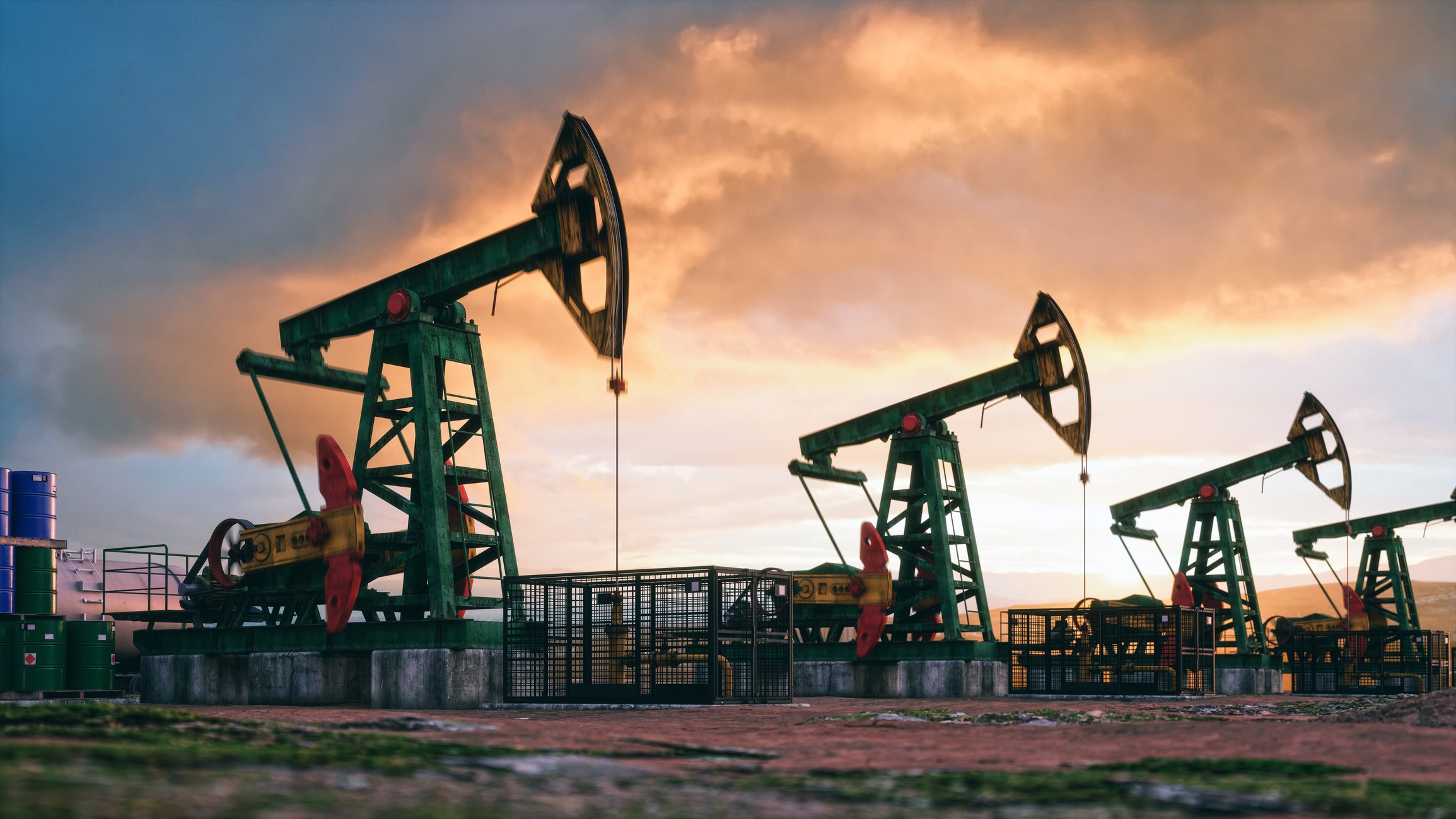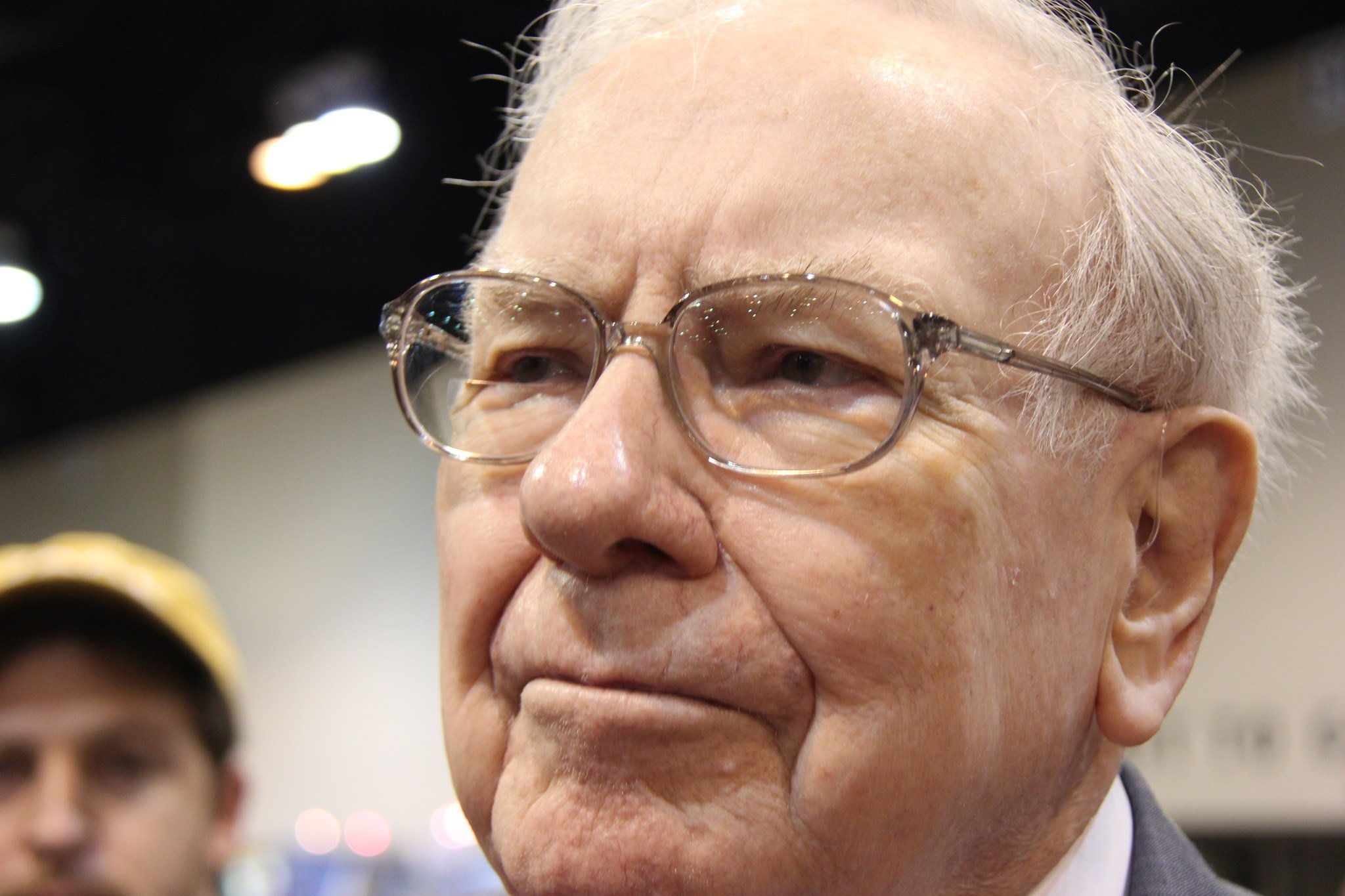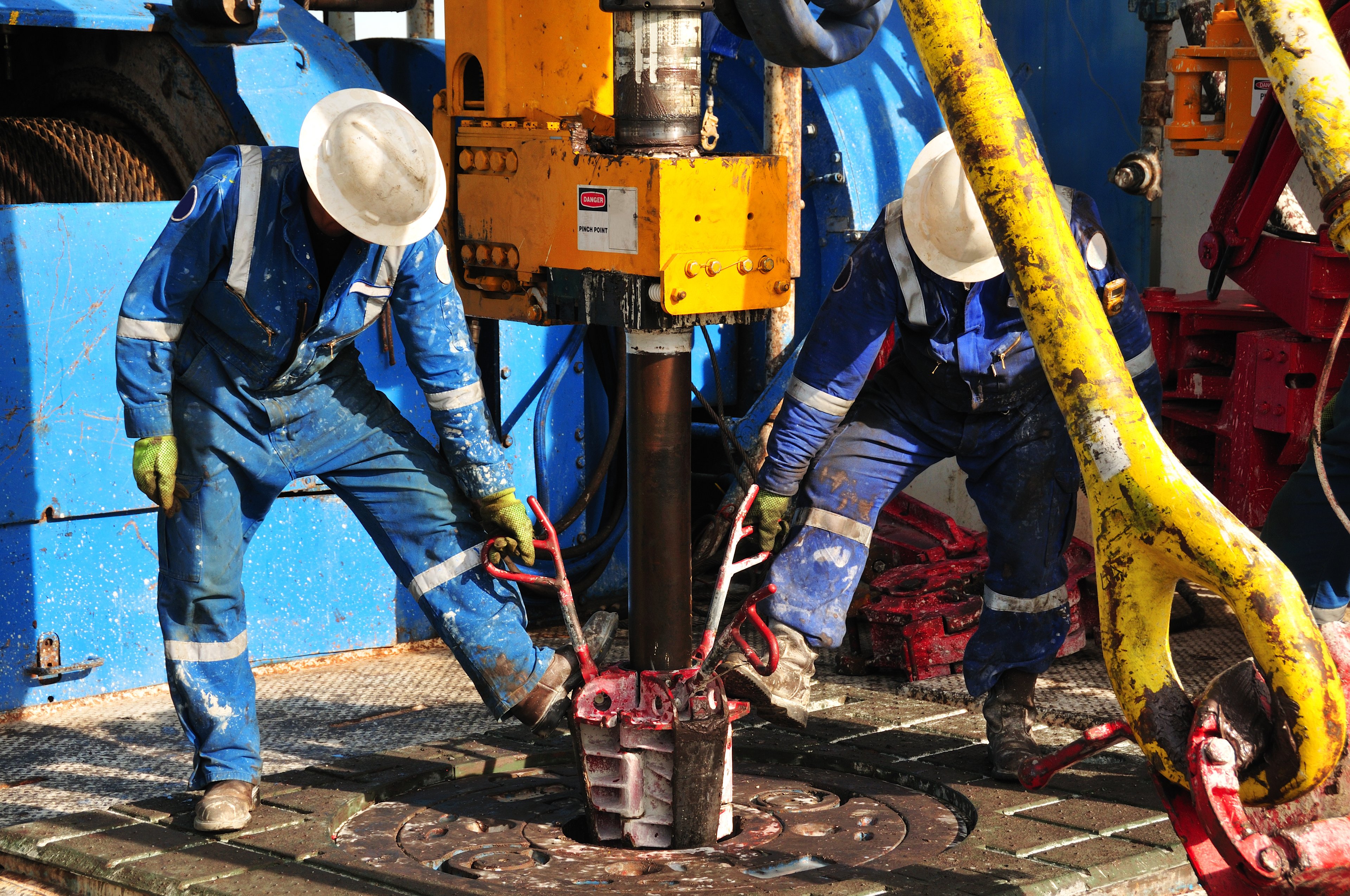Thanks to a favorable ruling from the International Arbitration Tribunal, Chevron (CVX 0.01%) doesn't have a $19 billion environmental damages case hanging over its head. It doesn't matter how big a company is, a $19 billion lawsuit is a major threat to profitability. With that out of the way, what will hold Chevron back from delivering on that 20% production growth target? Let's take a deeper dive into the energy giant's operations and see what are the three major threats to Chevron's future.

1) Issues in Africa
Just a few months ago, Chevron and its partners sent the first liquid natural gas cargo from its Angola facility. This was an important move for a region where much of the natural gas was not being monetized. The project went through several problems, though, and those are much more indicative of what is happening with other companies in parts of Africa today.
One of the most problematic regions recently has been Nigeria; where Chevron produces about 269,000 barrels of oil equivalent per day. Chevron just decided to pull the plug on a proposed LNG facility in the country, and has recently raised concerns about theft and sabotage to Nigerian natural resource ministers. So far, Chevron has actually been lucky in Nigeria. Royal Dutch Shell (NYSE: RDS-A) estimates that theft, sabotage, and the LNG embargo there will cost the company $12 billion this year alone.
With all the headaches in Nigeria right now, it would not be a complete shock to see Chevron sell off these assets, but it would then need to find a way to replace 14% of its current oil production.
2) Project costs out of control
One of the overlying theme with so many of these huge oil projects is that they are all coming in way over budget, especially with LNG facilities. It seems, though, that Chevron has struggled to keep LNG facility costs under control more than many of its competitors.

Source: Cheniere Energy Investor Presentation
Of the projects either recently completed or under construction, Chevron's Gorgon, Wheatstone, and Angola LNG projects are three of the four most expensive projects in terms of cost per ton of export capacity.
With more than 50 major projects -- requiring capital expenditure in excess of $250 million -- set to start between now and 2017, including the Kitimat LNG facility in Canada, Chevron could spend a lot more money than it originally budgeted. The company is big enough to handle some cost overruns, but consistently running over budget on this large backlog of projects could have a serious impact on the bottom line.
Fortunately for Chevron, the company holds the majority stake in most of these projects, so it has much more managerial control over the outcome than others. Both Shell and ExxonMobil (XOM 0.17%) have lots of frustration with the Kashagan project that just produced its first barrels of oil becuase the two wanted to have more operational control of the first phase of the project, which has been led by Eni (E +0.03%).
3) Betting on the LNG game
Between the three facilities mentioned and the planned Kitimat facility in British Columbia, Chevron hopes to make a big splash in the LNG market over the next couple years. Its positions in Australia, Africa, and Canada each have their own distinct competitive advantages, and the company sees lots of opportunity for this market in the future.

Source: Chevron Investor Presentation
While there is a large demand that will be developing in markets like Europe and Asia-Pacific, so too are the plans for natural gas exports both through pipes and LNG trade. One of the largest potential disruptors for LNG is the activity picking up in the countries surrounding the Caspian. These countries have plans in the works to move 294 million tons of natural gas per year to premium markets in China, India, and Europe. Another potential issue could be further development of natural gas resources within these regions. BP (BP 0.78%) recently announced that it had found enough natural gas off the coast of India to cut the country's current LNG imports by 33%.
This is most likely a large reason why Chevron is more hesitant to give the go-ahead on the Kitimat facility. The company has said that it wants to have sales pledges for 60%-70% of the facility's capacity before it makes the final investment decision. With all the movements in the LNG game lately a little more caution might be a wise move.
What a Fool believes
Overall, it appears Chevron has the projects in place to increase its production numbers and make a decent return on those investments for shareholders. The situation in Nigeria and the investment decisions of competing natural gas exporters are slightly out of the company's control, so more than anything it will need to maintain focus on developing its other projects to keep a strong portfolio balance. If the company can avoid some of the issues others are having in Nigeria and keep its project budgets under control, Chevron should be in pretty good shape over the next couple of years.









